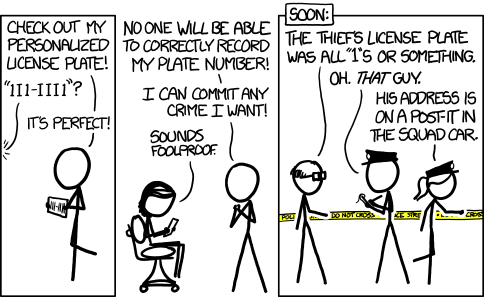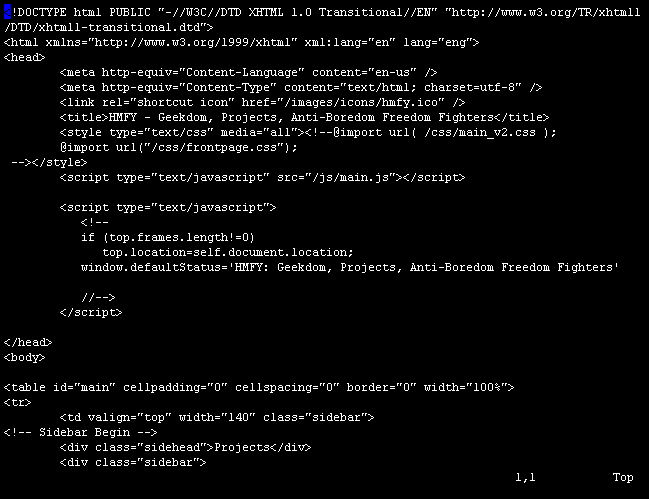The command in question recursively changes file ownership to account “user” and group “user” for every file and folder in the system. With linux, where many processes are run as root and on various other accounts (like apache or www-data for web server, mysql for MySql database and so on) and after that command none of the services can access the files they need to function. And as the whole system is broken on a very fundamental level changing everything back would be a huge pain in the rear.
On this ubuntu system I’m using right now I have 53 separate user accounts for various things. Some are obsolete and not in use, but majority are used for something and 15 of them are in active use for different services. Different systems have a bit different numbers, but you’d basically need to track down all the millions of files on your computer and fix each of their permission by hand. It can be done, and if you have similar system to copy privileges from you could write a script to fix most of the things, but in vast majority of cases it’s easier to just wipe the drive and reinstall.








My bank uses 6 digit ‘customer number’ (which is set by the bank) and that’s verified with an app and a personal PIN (app shows ‘login attempt ABCD at mm.dd. hh:mm’ where ABCD is shown on login page too) or via SMS OTP (again with ‘ABCD’ verification). And again with personal pin + app or OTP to confirm transactions. The app itself can be protected with a fingerprint or phone pin and every new installation needs to be registered to the system, so I can’t just use my phone app to access my wifes account (or anyone elses) but I still can map multiple accounts (like corporate ones) to the same installation.
I think that’s pretty reasonable approach.